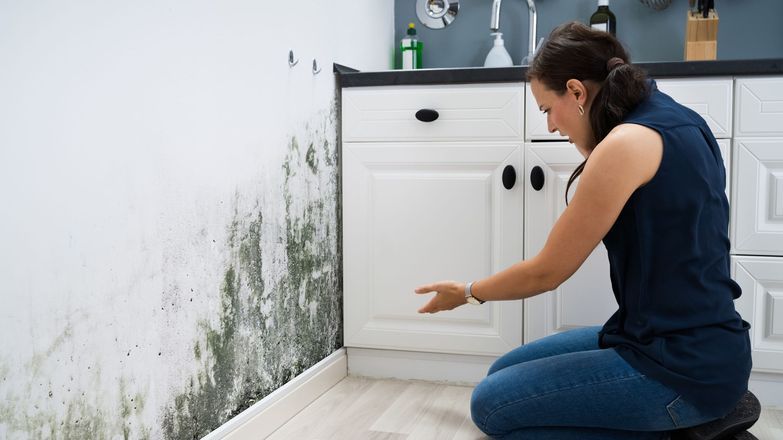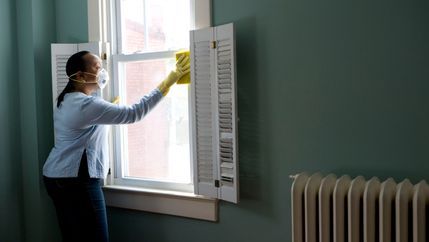
Alongside the guidance, the TPO has also published a report containing analysis of the survey responses, which details agent and landlord views and responses to cases of damp and mould.
View the full TPO guidance on their website →
Problems less likely to be resolved by landlords alone
At the time of the survey letting agents reported 3,280 properties with current damp and mould issues, 81% of which were managed directly by landlords.
Although most agents felt that landlords understood that damp and mould could have serious consequences, in a significant minority of cases progress was hampered because property owners had to be educated about the potential impacts before agreeing to take any action.
Communicating with tenants to reduce risks
Agents should routinely educate new tenants on practical steps that can help to tackle condensation, damp and mould. This is even more important if there are known or previous issues in the property.
When surveyed, most agents preferred to provide information at the point of offer if a property was susceptible to damp and mould, or at check-in if the property was prone to condensation only.
Resources to support agents with this are available from Propertymark, TPO and the UK Government.
Leading causes of damp and mould
83% of respondents said that condensation due to a tenant's household activities was the leading cause of dampness and mould, with drying clothes indoors, not using extractor fans whilst cooking or showering, and insufficient heating and ventilation the main contributing factors.
The TPO highlights steps that agents can signpost to tenants which help to address excess moisture and condensation in their home, including wiping down windows, drying laundry outdoors or in a room with an extractor fan on, and maintaining a medium / low level of heat throughout the property.
Act swiftly, every time
Once a potential problem is identified it must be taken seriously and action taken as quickly as possible. If residents have raised health concerns or are vulnerable due to age or pre-existing medical conditions, remediation should be carried out with particular urgency.
Communicating with the tenants during this time is crucial. Living with mould and damp can be extremely distressing so it is important to keep them up to date so they are assured you are being proactive.
Resolving issues caused by property defects
Where construction issues, such as damp proofing, guttering, brickwork or the roof, are the root cause of condensation, damp or mould, letting agents in the survey overwhelmingly agreed that the property should not be made available to rent until the issue was resolved.
If the problem is discovered during a tenancy, TPO states that works to rectify the problem should be undertaken as soon as possible, and consideration should be given to offering alternative accommodation to the tenant until it is complete.
Propertymark support for members
Propertymark produces a range of CPD options and useful resources for our member agents, including webinars, factsheets and training courses. Our Damp, condensation and mould in residential property factsheet gives a useful overview of the causes and treatments and points to other useful resources for tenants, landlords and agents.
The Housing Ombusdman have also produced a Spotlight on damp and mould document which agents may find useful.







